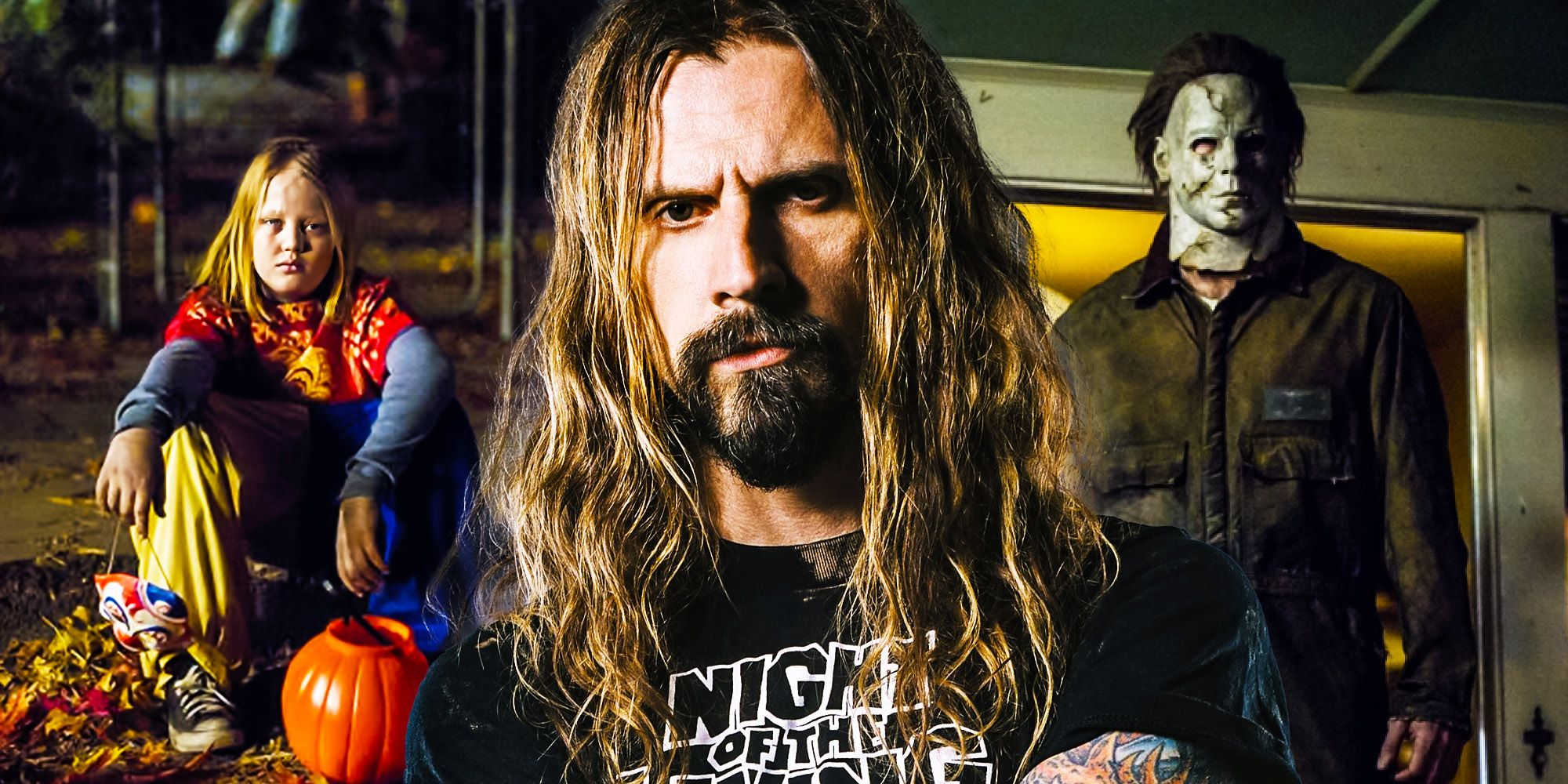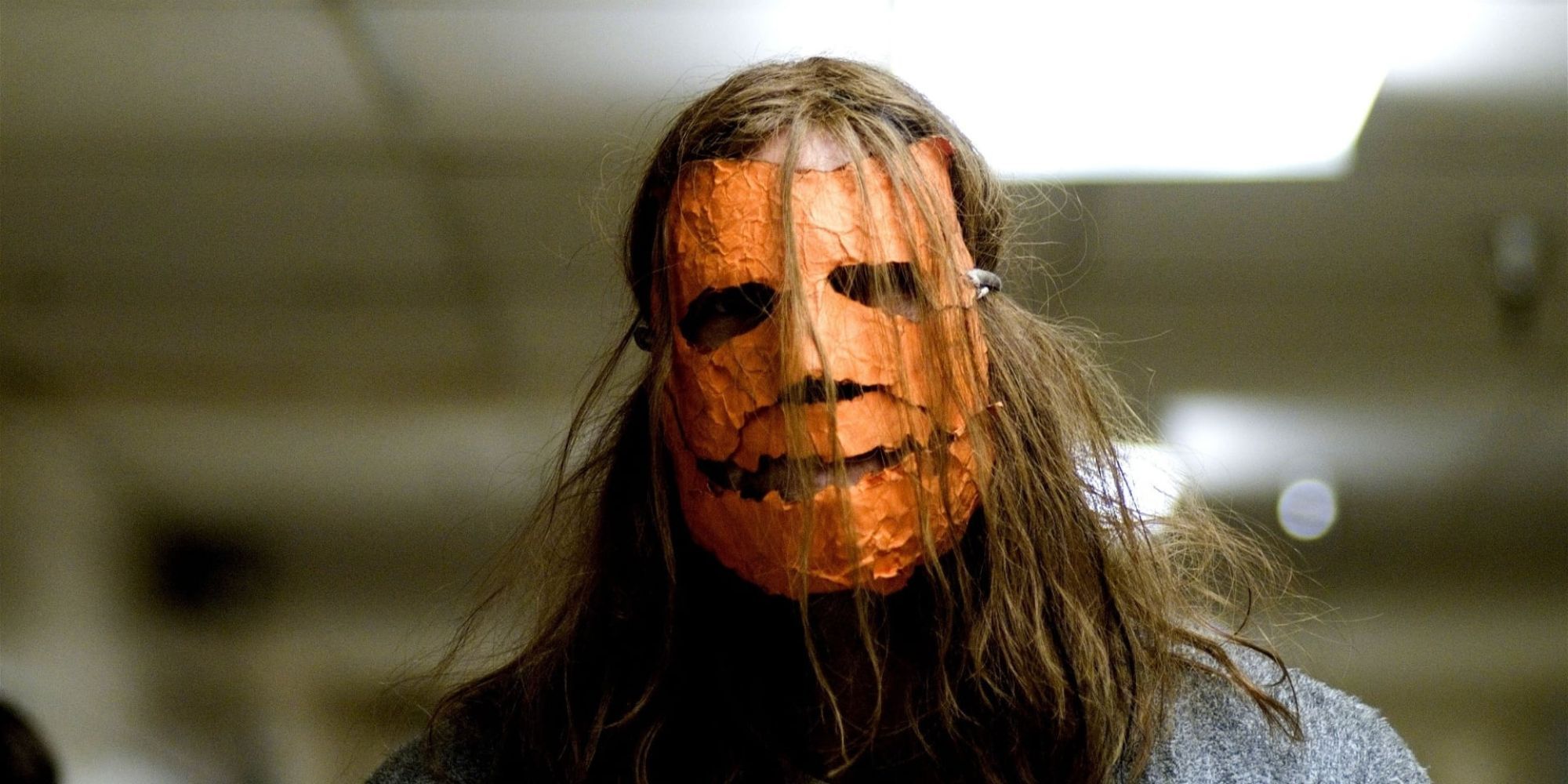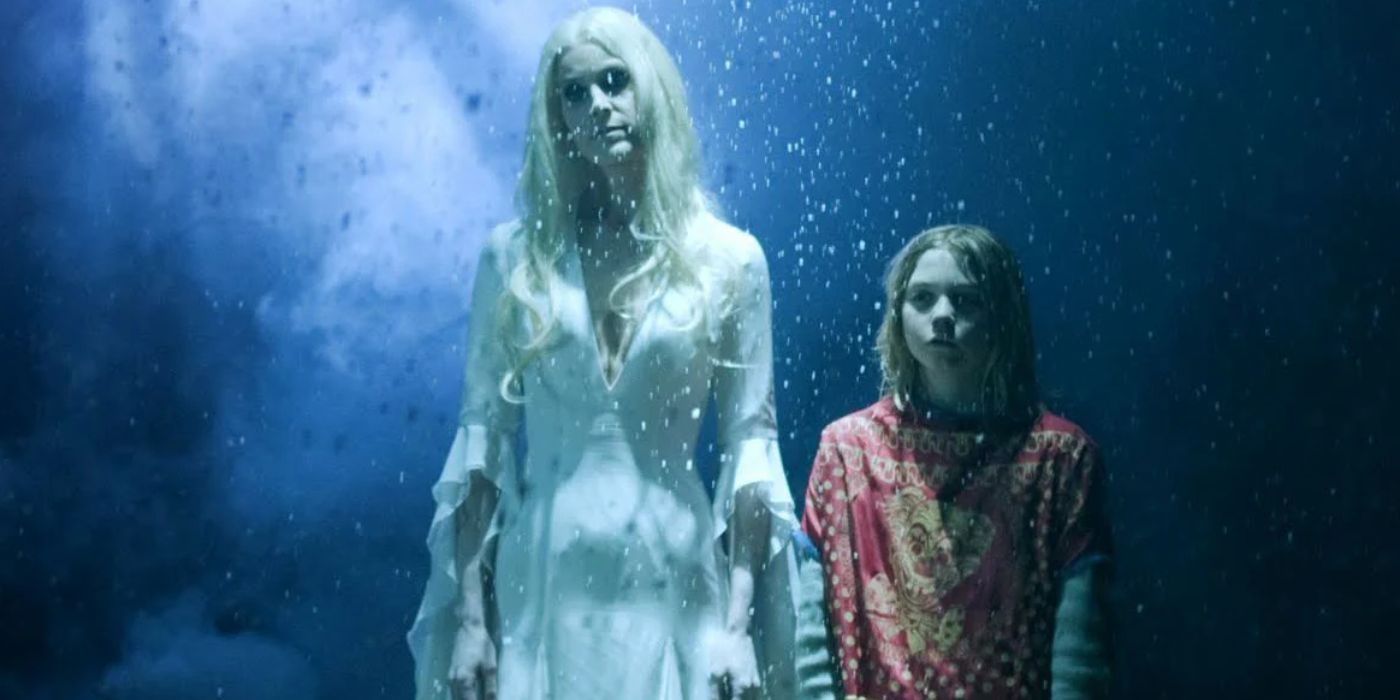The Halloween franchise has gone through a couple of retcons that made way for different timelines, and it has already gotten the remake treatment thanks to Rob Zombie, but his most ambitious changes to his Halloween movies ended up dooming the remakes. Back in 2007, Rob Zombie brought a remake of John Carpenter’s slasher classic Halloween, and though it took the basic premise of the original, Zombie made major changes to Michael Myer’s story and how it’s told, and these weren’t the success he surely envisioned.
Rob Zombie’s Halloween followed Michael Myers, who at a young age exhibited signs of psychopathic tendencies, which ultimately led him to kill a school bully, his older sister Judith, her boyfriend, and his mother’s abusive boyfriend, at the young age of 10. Michael was sent to Smith’s Grove Sanitarium, where he was under the care of Dr. Sam Loomis (Malcolm McDowell), and 15 years later, Michael escaped and returned to his hometown of Haddonfield, Illinois, where he went on a murder spree as he targeted Laurie Store (Scout Taylor-Compton) and her friends. Unlike Carpenter’s movie, Zombie decided to explore Michael’s time at Smith’s Grove, which along with other details, ended up dooming the Halloween remakes.
Rob Zombie’s Mistake Was Expanding Michael Myers’ Backstory
A remake of Carpenter’s Halloween by Rob Zombie was announced in the summer of 2006, and a couple of days later, Zombie shared in an interview that he was making a prequel and “a semi-remake of the first film”, adding that there would be more original content in his movie than “remake content”. In subsequent interviews, Zombie said that, over the years, Michael Myers had “become a friendly Halloween mask” and needed someone to arrive with “a totally different approach to make it scary again” (via BBC News), that Michael Myers had become so familiar that he thought they had to go back and “remove everyone’s preconceived ideas” about the character so he could be scary again (via MTV), and that in order to bring new life to Michael Myers, he would delve deeper into his backstory.
The result was a Halloween movie that spent too much time exploring Michael Myers’ backstory, presenting him as a troubled kid with psychopathic tendencies that didn’t just kill his sister for no apparent reason, like in the original movie, but he also killed three other people. Once in Smith’s Grove, he cooperated with Loomis at first but became dissociative with time and withdrew from those around him, including his mother, and after killing a nurse, Michael never spoke again and his mother killed herself. Exploring this part of Michael’s life and adding more murders to the mix was not only tiring but also gave Michael a reason for being the way he is, and the audience isn’t supposed to sympathize with him. By adding so much to his version of Halloween, Zombie actually failed to make Michael Myers scary again.
Zombie’s Halloween II Made Its Michael Myers Problem Worse
Zombie’s vision of Halloween and Michael Myers didn’t stop there, as he also brought the sequel/remake Halloween II. Zombie once more took the basic premise of the original Halloween II and added more to it, and if the first movie didn’t have a scary Michael Myers, it was worse in the sequel. In Zombie’s Halloween II, Michael had visions of his mother’s ghost and a younger version of himself telling him to reunite with Laurie, who turned out to be his sister. These visions made Michael even less scary and were an odd addition to his story, as it felt very out of character, so ultimately, Rob Zombie’s changes to Halloween and Michael Myers and his additions to both ended up dooming the remakes and hurting the iconic slasher.



